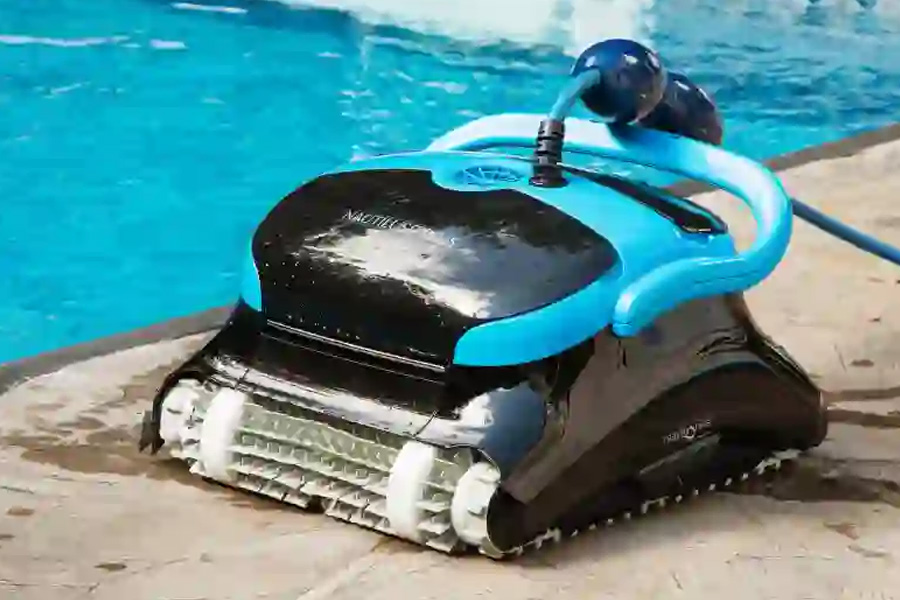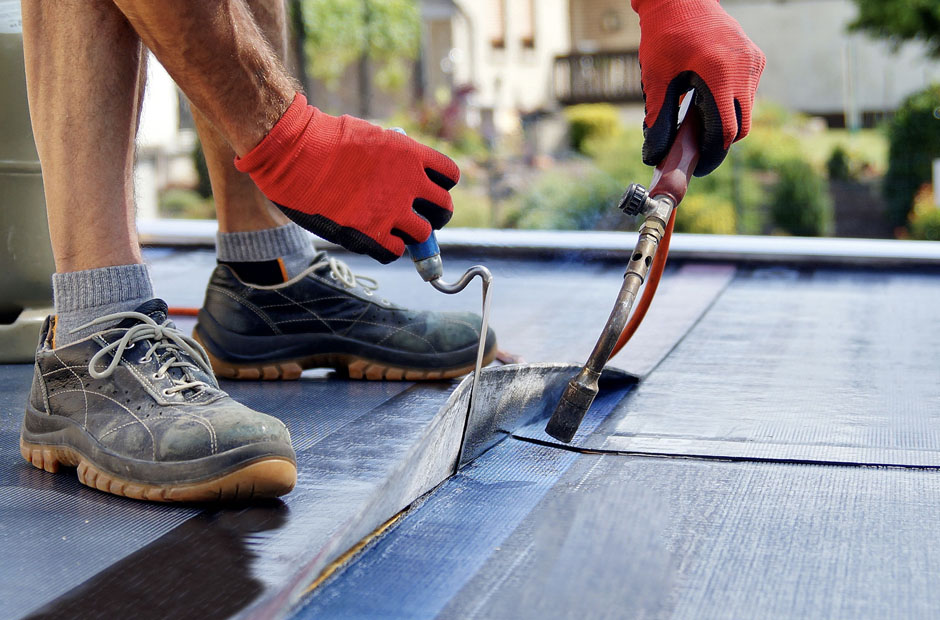Now Reading: Is It Worth Getting a Robot Pool Cleaner in 2025?
-
01
Is It Worth Getting a Robot Pool Cleaner in 2025?
Is It Worth Getting a Robot Pool Cleaner in 2025?

The backyard scene: why the question matters
Owning a pool is one of those small luxuries that makes summer feel cinematic — sunlight on water, friends clustered around the edge, the soft clink of ice in a glass. But behind that postcard moment is the grunt work: brushing, skimming, vacuuming, balancing chemicals. Over a season, those chores add up to hours of weekend time lost. So when someone asks whether a robot pool cleaner is worth it in 2025, they’re really asking if it’s worth buying back hours of life and keeping the water reliably clear without the elbow grease.
Robotic cleaners have grown up
If your mental image of pool robots is a clunky, cord-tangled device that wanders aimlessly, prepare for an update. The current generation of robots is smarter, better built, and far more user-friendly. They rely on navigation systems that map the pool rather than bumping around randomly. Many models are cordless, and filtration is increasingly integrated so the robot isn’t just moving debris around but actively improving water clarity. In short: what used to be a novelty is now a practical appliance that takes the worst parts of pool ownership off your plate.
What modern robot cleaners actually do for you
A modern robotic pool cleaner generally performs several functions that make a noticeable difference in pool maintenance. They vacuum the floor, scrub walls and the waterline, and capture fine debris in onboard filters. Many have multiple cleaning modes — from quick touch-ups to deep scrubs after storms — and most are designed for easy maintenance, with top-load baskets and tool-free brushes. Smartphone control is common, letting you schedule cleanings or launch a cycle from the shade of a cabana; automation, not theatrics, is the point.
Spotlight on a standout model
Among the newer entries, some models have been engineered with convenience and performance in mind — cordless operation, robust battery life, targeted navigation, and user-first servicing. Features that make a robot feel premium include intelligent path planning so it doesn’t miss corners, sufficient suction to actually scrub the surface rather than skim it, and construction designed to last through seasons without constant replacement parts. When these elements line up, the device shifts from a gadget to a genuinely time-saving tool.
Practical features that change the ownership equation
Think about the small, persistent annoyances: untangling cords, hauling a heavy unit, climbing ladders to scrub the waterline. A robot that avoids cords, self-parks at the waterline, and uses quick-release filters removes friction from weekly upkeep. Battery runtime matters if your pool is large; a single-charge, multi-hour cleaner can complete most residential pools without a recharge. Durability — waterproofing, quality treads, and replaceable components — affects how long the device will serve you before the purchase looks like an expense rather than an investment.
Cost vs. value: the numbers you should weigh
Yes, good robots aren’t cheap; prices for capable machines often land in the mid-to-high hundreds or low thousands. But evaluate them not just as appliances, but as time-savers and protectors of your pool system. Clean water reduces chemical usage and eases the load on central filtration, which can translate to lower running costs and fewer parts replaced long-term. Factor in the hours you reclaim each week and the consistency of water quality; the math often starts to look a lot more favorable.
Who this is for — and who might skip it
If you own an inground pool you use regularly, value your weekends, and dislike scraping walls, a robot is an immediate quality-of-life upgrade. Small above-ground pools used infrequently, or households already paying for weekly professional service, might find less benefit. Likewise, if you prefer hands-on maintenance as a hobby, the robot doesn’t replace the satisfaction of doing it yourself — it simply offers a different option.
Maintenance expectations and longevity
Owning a robot requires minimal upkeep compared with manual cleaning, but it’s not zero work. Empty the filter basket after cycles, rinse brushes and tracks periodically, and store the unit dry and charged during off-seasons. Quality builds and warranties are important; better-made units are easier and cheaper to maintain over several summers than bargain models that fail after one season.
The intangible return: fewer weekends wasted
Beyond dollars and technical specs, a robot changes the relationship you have with your pool. It turns upkeep from a chore into something that happens in the background, so the pool remains ready for spontaneous swims and gatherings. That availability — the pool that’s clean when you want it to be — is arguably the most underappreciated benefit.
FAQ
Are robot pool cleaners suitable for all pool surfaces?
Most modern robots are designed to work on concrete, tile, fiberglass, and vinyl surfaces, but you should check the manufacturer’s recommendations for specific models.
How long does a typical cordless robot run on a single charge?
Runtime varies by model, but many cordless units offer multiple hours per charge — enough for the majority of residential pools.
Will a robot reduce my chemical usage?
By removing fine debris and improving circulation at the waterline, a robot can help water stay clearer, which often reduces the frequency and amount of chemicals needed.
Can robot cleaners handle heavy debris like leaves and twigs?
Higher-capacity models with larger filter baskets and strong suction can handle substantial debris, though very large amounts may still require pre-skim or manual removal.
Is a robot worth it if I already pay for professional pool service?
If your service includes regular cleaning, a robot may be redundant, but many owners use robots to reduce service frequency or handle in-between maintenance.
What should I look for when choosing a model?
Prioritise navigation intelligence, battery/runtime (if cordless), suction and scrubbing capability, ease of filter access, and build quality or warranty.





















